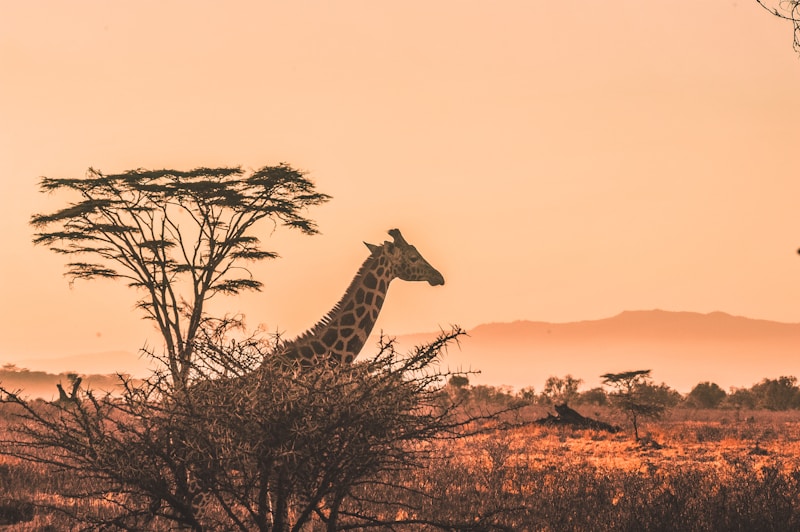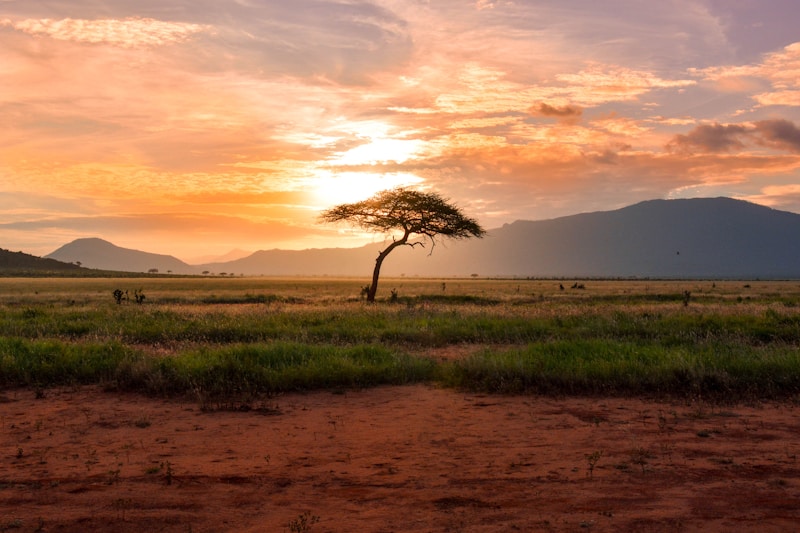The Yoruba People
Masters of Bronze Casting - Keepers of Ifá Divination - Cultural Heart of West Africa
Who Are the Yoruba?
The Yoruba are one of Africa's largest and most culturally influential ethnic groups, numbering over 40 million people across Nigeria, Benin, and Togo. Renowned for their sophisticated urban civilization, the Yoruba developed powerful city-states like Ile-Ife (considered the spiritual birthplace of humanity in Yoruba cosmology) and Oyo Empire. Their contributions to art, particularly bronze and brass casting using the lost-wax technique, rank among humanity's finest achievements. The Yoruba religion, centered on orisha worship and Ifá divination, has profoundly influenced Afro-Caribbean and Afro-Brazilian religions including Santería, Candomblé, and Vodun.
Ancient Kingdoms and Urban Civilization
The Yoruba developed one of Africa's most sophisticated urban civilizations, with cities dating back over 1,000 years. Ile-Ife, the spiritual center, is believed to be where the god Oduduwa descended to create the earth. The Oyo Empire (14th-19th century) became one of West Africa's most powerful states, controlling vast trade routes and maintaining a formidable cavalry. Yoruba cities featured complex political systems with divine kings (Oba), ruling councils, and well-planned urban layouts with palaces, markets, and shrines.
Artistic Mastery
Yoruba artistic achievement spans multiple mediums. Their bronze and brass casting using the lost-wax technique produced naturalistic heads and sculptures of extraordinary refinement. Wood carving created elaborate masks, doors, and shrine figures for orisha worship. Beadwork adorned royal regalia, with the Oba's beaded crown (ade) representing divine authority. Yoruba artists also excelled in textiles, particularly adire (indigo-dyed cloth) and weaving, creating cloths with symbolic patterns and proverbs.
Ifá Divination and Orisha Religion
The Yoruba religion centers on Ifá, an elaborate divination system considered one of humanity's oldest intellectual traditions. Babalawo (priests) interpret 256 sacred verses (odu) to provide guidance. The Yoruba pantheon includes hundreds of orisha—divine forces governing aspects of nature and human life. Major orisha include Olodumare (supreme god), Ogun (iron and war), Shango (thunder), Oshun (rivers and love), and Yemoja (motherhood and the sea). This religious system survived the transatlantic slave trade, evolving into Santería, Candomblé, and other diaspora religions.
Language and Oral Literature
The Yoruba language is tonal, with meaning determined by pitch patterns. Yoruba developed a rich oral literature tradition including Ifá poetry, oriki (praise poetry), and folk tales featuring the trickster Tortoise. The talking drum (dundun) can "speak" Yoruba by mimicking the language's tonal patterns, communicating complex messages across distances. This oral tradition preserves genealogies, historical events, and philosophical wisdom passed through generations.
Modern Yoruba Culture
Today, the Yoruba maintain strong cultural identity while being prominent in Nigerian politics, business, education, and arts. Lagos, Nigeria's largest city, sits in Yoruba territory and serves as West Africa's cultural and economic hub. Yoruba writers like Wole Soyinka (Nobel laureate) and musicians like Fela Kuti have achieved global recognition. Traditional festivals like the Osun-Osogbo Sacred Grove (UNESCO World Heritage Site) attract thousands annually. The Yoruba diaspora, established during slavery, numbers millions across the Americas, maintaining religious and cultural practices that connect them to ancestral homeland.
Image Gallery





